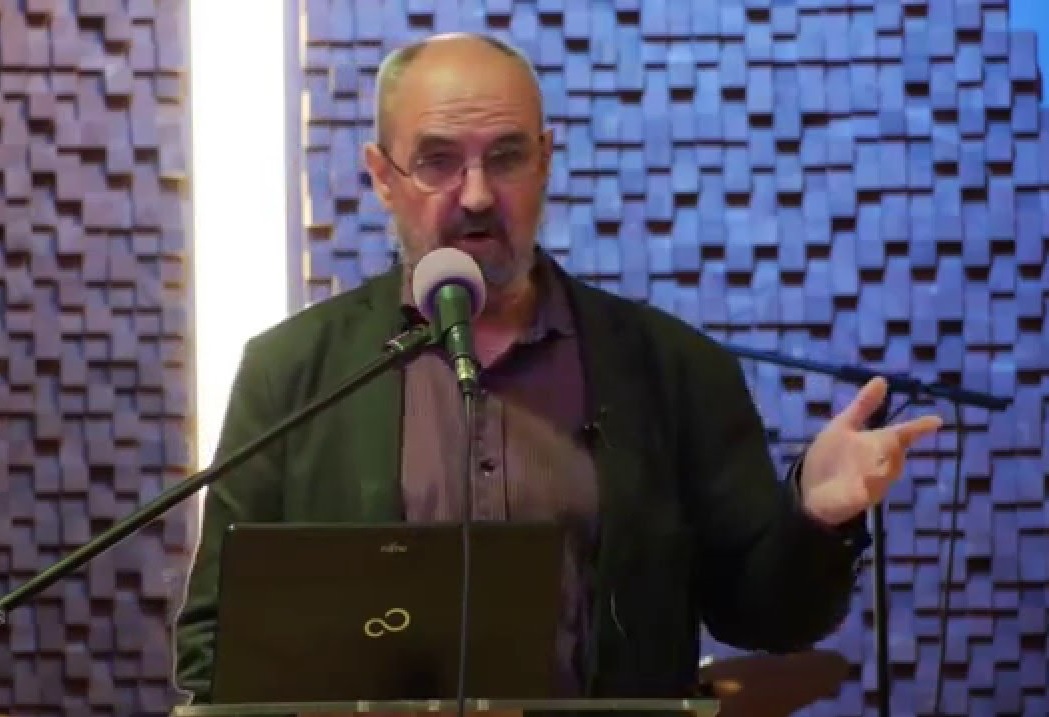Alma Johansson, a Swedish missionary, worked among Armenians in the city of Moush in 1915 when the Armenian genocide began. Afterwards, Johansson told: "Through the windows we could follow most of what was going on. The Armenians did not go outside but stayed calmly inside their homes. It was not until the soldiers forced themselves into the bullet-ridden houses that the Armenians tried to defend themselves for as long as possible. ...The following day, we saw soldiers forcing groups of bleeding and wounded women and children through the city. ...One after another they fell wounded to the ground and all the time a soldier was ready to beat them with a butt. I will never forget that sight. " Contemporary Swedish diplomats, missionaries, travelers, politicians and writers have provided information on what happened during the genocide of 1915-16 as well as from the 1894-96 massacres while they worked to rescue survivors and refugees. A military attache told about ""the extermination of the Armenian nation"" and a missionary described what happened as a ""veritable extermination of the Armenians"". The explorer Sven Hedin wrote about ""terrible atrocities"" and the politician Hjalmar Branting used the word genocide. The Swedish material includes everything from detailed testimonies about horrifying atrocities and murders taken place in attacks on Armenian places of residence. Terrible sufferings during well-organized deportations and massacres were described, but what happened was also paraphrased as an evacuation. Overall, the Swedish material gives a clear picture of the genocide targeting Armenians and other Christian minorities in the Ottoman Empire.
On March 11, 2010, in spite of years of resistance from its foreign minister (“it is not the duty of the Government to establish a historical course of events” [p. 349]), and a no-vote from its own Committee on Foreign Affairs (which found it inappropriate for a representative body to decide matters of international law), Sweden’s parliament voted across party lines—131 to 130—to ask its government to recognize the Genocide of Armenians, Assyrians, Syrians, Chaldeans, and Pontic Greeks. Göran Gunner’s Genocide of Armenians: Through Swedish Eyes offers an unpretentious (many photographs, no index), but fascinating survey of how Sweden got to that decision.
A scholar with the Church of Sweden’s research unit, Gunner asks two questions: what did faraway Swedes know of the fate of the Armenians, and what can Swedish sources tell us about it? Beginning with the massacres of the 1890s, Gunner draws his answers from three categories of material: newspapers, which published fifty articles on the Armenians from 1914 to 1920; reports from military intelligence [End Page 483] and Stockholm’s legation in Constantinople; and church archives, especially those of the Kvinnliga Missions Arbeitera (KMA, Female Mission Workers). Gunner supplements these with interviews he conducted with survivors in 1985, along with travelers’ accounts and memoirs.
The Swedes were told a lot, but heard conflicting stories. Those living in the Ottoman Empire reported the genocide, at first writing in German in order to get their messages past the censors, then using references to Biblical passages, and finally writing in parables. But in postwar Turkey—for reasons Gunner does not try to explain—Sweden’s diplomats espoused the Turkish narrative. And in Stockholm, Turkey’s ambassador reminded the Swedes: “Another thing to bear in mind is that both Kurds and Armenians are nomadic people. They are to be found constantly on the move, and during these movements they often come into conflict with each other about pastures and the like . . . which sometimes had a very bloody process” (p. 310).
On the other hand, perhaps the first person ever to employ the term “genocide” (Folkmord) regarding the Armenians was the Swedish writer and traveler Maria Anholm, in her 1906 book on the Hamidian massacres.1 Folkmord was used again by Hjalmar Branting, Social Democratic leader and later a Nobel laureate and three-time prime minister—at a huge public meeting in March 1917, arguing that the recent destruction of the Armenians was “systematic” and “without counterpart” (p. 209). The assembly unanimously called on their government, “alone or in cooperation with other neutrals,” to “put in their word” for the Armenians in “quarters where . . . influence can be exercised” (pp. 214f). Did this breathtakingly anodyne resolution have anything to do with the fall, three days later, of Prime Minister Hjalmar Hammarskjöld, thought to be friendly to Germany? If so, Gunner does not mention it. The modest demand to “put in a word” for the Armenians was rebuffed by Sweden’s foreign minister as “interfering in the domestic affairs” of another land.
Readers might wish for more context. Did Swedes lean towards the Entente or the Central Powers? What were the constraints on their governments—with the British navy so close and German food supplies so far? By the end of the war, Sweden was sometimes described as near starvation. Does that help account for why, when newspaper headlines announced “Armenia must be saved” (p. 289), its government declined requests to extend humanitarian assistance? In 1920 Sweden refused a League of Nations mandate over the short-lived Republic of Armenia (although it is not clear that one was ever formally offered).
Genocide of Armenians has not been carefully edited. Gunner relays his sources without always noting their contradictions: e.g., the 1909 Adana massacres were the work of the sultan/his opponents; Britain desired postwar Turkey to remain independent/to become...
From: Holocaust and Genocide Studies, Volume 29, Number 3, Winter 2015, Reviewed by Margaret Lavinia Anderson
pp. 483-488

